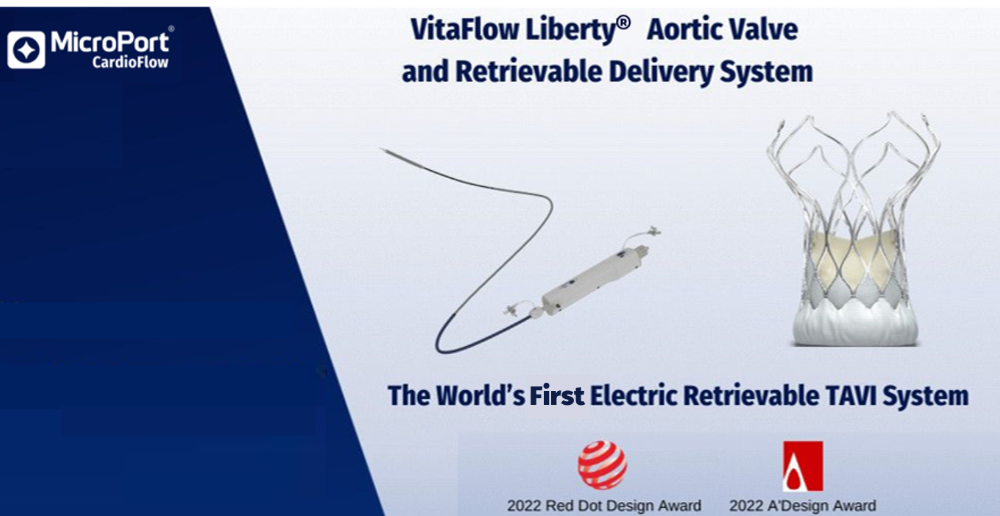Shanghai, China — MicroPort CardioFlow Medtech Corporation (MicroPort CardioFlow, 02160.HK) announced that its second-generation transcatheter aortic valve implantation (TAVI) product, the VitaFlow Liberty® Transcatheter Aortic Valve and Retrievable Delivery System (VitaFlow Liberty®), has received marketing approval from the Mexican Federal Commission for Protection against Health Risks (COFEPRIS) (License No.: 2556C2024 SSA). The Alwide® Plus Balloon Catheter, used in conjunction with the system, had previously gained market access in Mexico.
VitaFlow Liberty® is the world's first electrically retrievable TAVI product. Approved for market launch in China by the National Medical Products Administration (NMPA) in 2021 (Registration Certificate No.: 国械注准20213030586), it subsequently entered multiple overseas markets and, in 2024, became the first "China-developed" TAVI system to obtain EU CE MDR certification. The system inherits the design advantages of the VitaFlow® Transcatheter Aortic Valve and Delivery System, featuring a hybrid-density self-expanding stent, bovine pericardial leaflets, and a double-layer PET skirt. This design offers high radial force, better coaxial deployment, and effectively reduces the incidence of paravalvular leak. Furthermore, its breakthrough upgraded delivery system incorporates a unique double-wire helix structure, ensuring rapid, stable, and precise deployment and retrieval while achieving enhanced deliverability and 360° bending capability of the valve segment.
Supported by exceptional product innovation and robust clinical data, MicroPort CardioFlow has consistently promoted "China-developed solutions" on the global stage in recent years, with its products' excellent clinical performance earning widespread acclaim from overseas physicians and patients. To date, the company's VitaFlow® series of TAVI products have benefited patients in over 20 countries and regions worldwide, been successfully adopted by more than 800 key hospitals, and have treated over 10,000 patients with aortic valve disease.
The Mexican TAVI market is currently in a phase of rapid growth and represents one of the key core markets in Latin America. The successful approval of VitaFlow Liberty® marks the company's completion of a comprehensive strategic footprint across Latin America's top five economies (Brazil, Mexico, Argentina, Colombia, and Chile). This milestone not only signifies a major achievement for China's high-end medical devices in expanding within the Latin American market but also lays a solid foundation for further expansion into Central America, the Caribbean, and the global market, injecting strong momentum into the company's deepening internationalization strategy.












 沪公网安备 31011502014876号
沪公网安备 31011502014876号 are registered trademarks of MicroPort CardioFlow Medtech Corporation.
are registered trademarks of MicroPort CardioFlow Medtech Corporation.